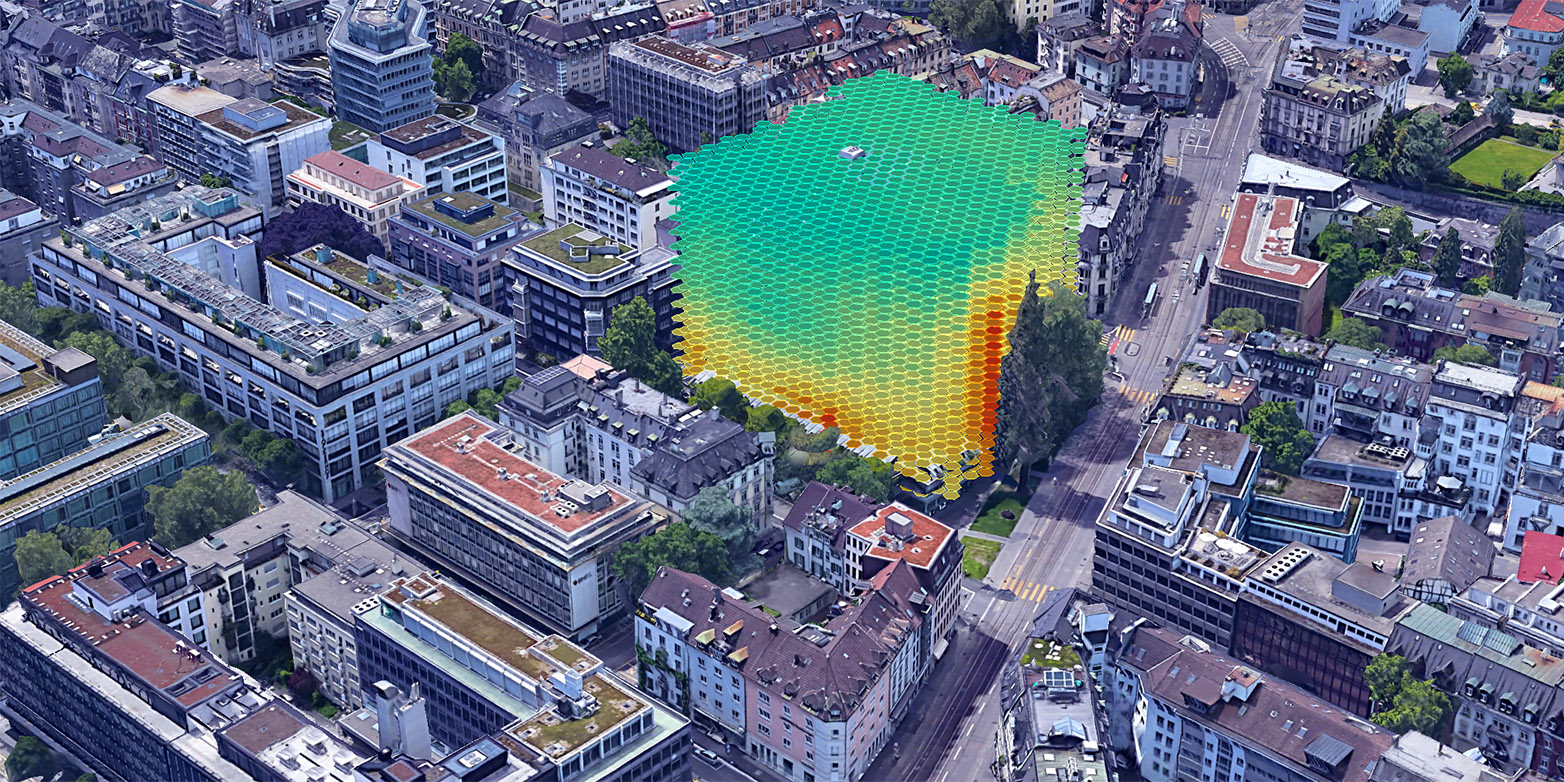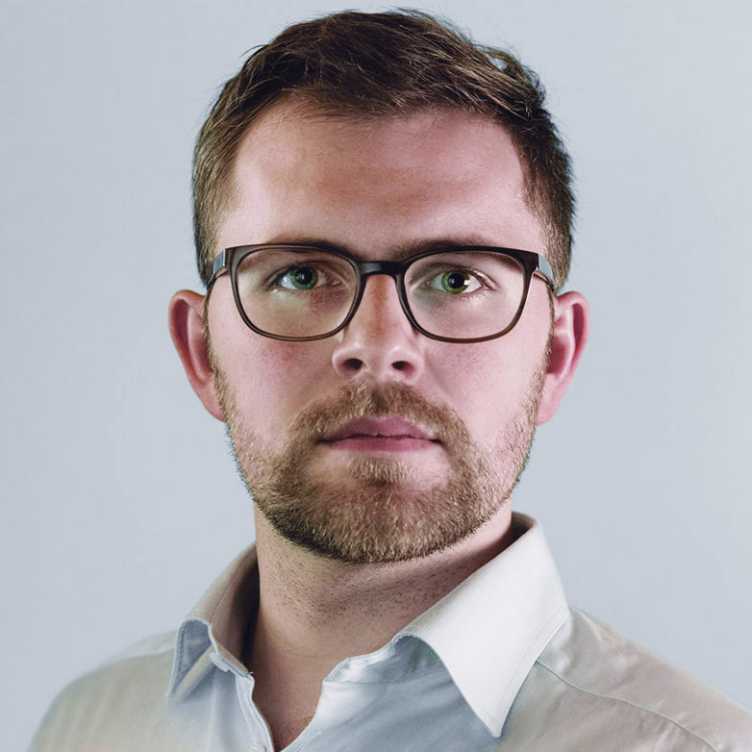Transparent architecture
ETH spin-off Archilyse promises nothing less than the “world’s most comprehensive architecture analysis” on its website. The young entrepreneurs are attracting a lot of interest in the real estate sector.

Is a four-room apartment family-friendly or more suitable for a couple? How can office space be optimally divided so that its users feel comfortable? Archilyse helps to answer these kinds of questions. Based on address information, floor plans and 3D models, the ETH spin-off’s platform delivers various simulations and analyses of a property and makes them available to project developers, architects and real estate companies via an interface.
“A young family, for example, might be interested in the soundproofing between the children’s rooms and the living room, whether you can see the play area from the living room and whether the children’s rooms are bright enough to not impair the children’s cognitive abilities,” explains Archilyse founder Matthias Standfest.
The key to the architectural analysis is linking together as much available data as possible. To this end, the plan of a building is set in relation to a geographical space and transformed into a virtual model. This object is then placed in a model of its environment. This not only enables the Archilyse team to calculate how much water or how many mountain peaks can be seen from each square centimetre, but also lets them convey the spatial perception of the room. “We are able to determine what types of people will feel comfortable in these spatial configurations,” says Standfest.
This last point is of particular interest to potential customers: “The relevance of such factors, for example, is being examined in Credit Suisse’s current real estate study with our help.”
The information that Archilyse delivers is not new, but it previously required a lot more effort to get because it had to be brought together. Thanks to machine learning and artificial intelligence, architects, fitters and advisors can now plan more quickly and efficiently, and focus on their creative work rather than routine tasks.
Insufficient data

Matthias Standfest had the idea for the ETH spin-off during his doctoral studies: in his doctoral thesis at ETH, he examined how to recognise and evaluate architectural geometries using machine learning. His research also took him to the Future Cities Laboratory in Singapore.
“There, I observed how little architecture-relevant data there is,” he explains. This insight was the trigger for Archilyse. Things then happened quickly: “With my doctoral thesis, I was able to show that it’s now possible to comprehensively measure architectural quality quickly and with little effort. This makes risks and opportunities visible earlier.” This potential was quickly recognised by investors: “I was able to secure the first round of funding before I’d even defended my thesis,” says Standfest. Today, Archilyse is made up of nine people with backgrounds in computer science, astrophysics, architecture, electrical engineering, business administration and cultural studies.
From a financial point of view, the company is an atypical start-up. “We are all able to live off our work with the company. We pay normal salaries and have normal working hours,” says Standfest. This is partly due to the fact that Archilyse’s customer segment is financially strong. It includes pension insurance companies, land managers, real estate portals and developers, and companies with their own property management units. “Our target group is mostly in the multi-billion segment,” says Standfest.
International focus
The signs are now pointing towards Archilyse becoming an internationally active company. “We are currently signing on to major projects and are looking into entering the market in Germany, Scandinavia and Asia,” says Standfest. The team are also continuing to work on new products: “In May, for example, we’re launching a tool to automatically check Swiss building zone regulations.”
The young entrepreneurs have now been nominated for the ZKB Pioneer Award. “The nomination is a great accolade that confirms our current course,” says Standfest.
